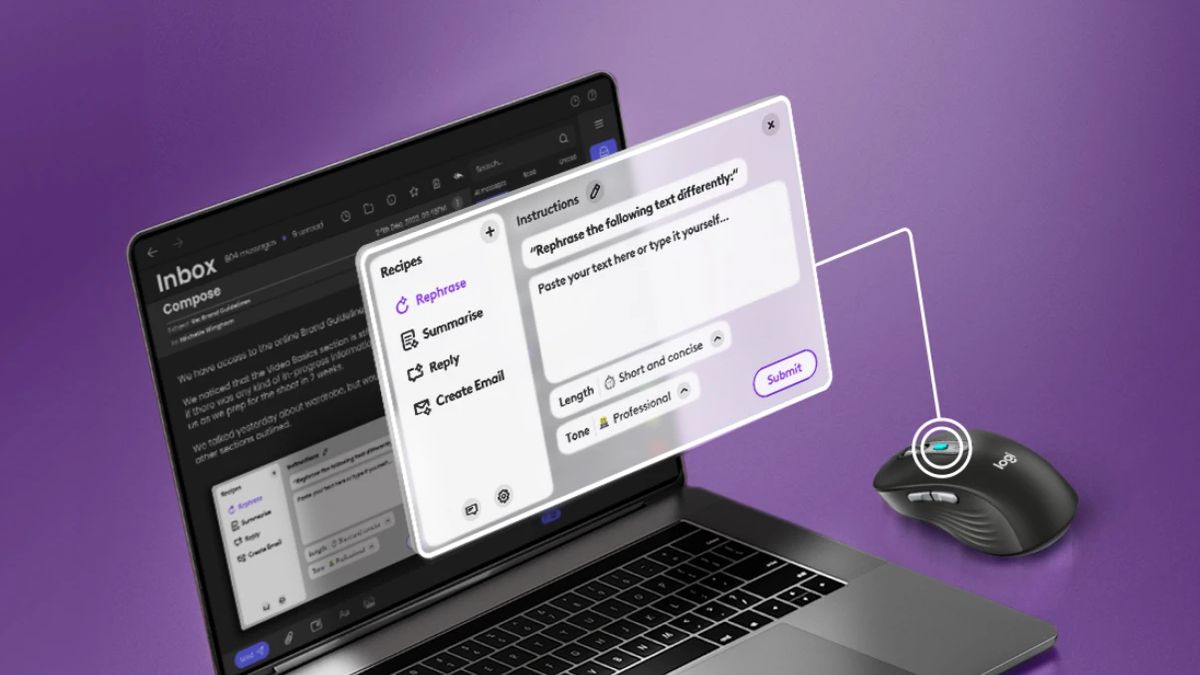

PHOTO:
Jakob Owens
I can’t tell you how many times I’ve heard the question, “Why can’t DAM search just be like Google?”
Well guess what? It can’t. It’s not Google, and even if you wanted it to be Google, you can’t afford it, and it’s not available. So get it over it.
With that out of the way ….
DAM Search Will Never Be Google
Search is a victim of the consumerization of IT phenomena, where the lines between “at home” use and “at work” use blur. When those lines blur, the realities of the workplace fail to meet consumer expectations. We need search functionality to find what we’re looking for in our DAM or MAM. But search isn’t as easy as we may think, especially in modern corporate enterprise systems.
Finding an image can be challenging, but finding a video takes it to a whole new level. Anyone involved in digital marketing and operations knows, if you want to engage your audience, deliver clear messages, promote your brand, then say it with video. But if you want to find a specific clip or still from a specific time in the video, your DAM better have the functionality to locate it. And with videos the most popular form of content today, with the highest ROI, we must be prepared to optimize our search so we can see and find what we are looking for.
Videos are not a homogenous entity — you didn’t think it was going to be that easy, did you? Beyond the traditional “short-form” and “long-form” video, there are more types of videos to consider. A current taxonomy of video styles includes the following:
- Live Action Video is a recording of either a still or moving objects … usually people in real locations.
- Animations are videos made from many still images … think of it as the illusion of movement.
- White Board Videos tell a creative story with pictures drawn on a white board, or a chalk board, by an artist recording their work.
- Motion Graphics Videos are a style of animation that uses text and shapes to communicate. They usually involve music or voice-overs.
- Typography Videos or also known as “fast typography” is an animation technique that blends movement and words to express ideas.
- Screencast Videos, or screen capture, is a digital recording of a computer screen most often with voice over narration … many of you have seen this in software product demos.
- Live Action Screencasts combine a live “on camera” recording of a person or persons, and a demonstration of something on a computer screen.
- Live Streaming is a broadcast straight to your users on a social media channel like YouTube, Facebook or Instagram.
- Photo Montages are essentially slideshows combing photos and music with a voiceover to tell the story.
So why would we want to identify the different video types? Well, no discussion on search can happen without bringing up metadata. Search is nothing without metadata. And that goes for all content: images, graphics, documents and especially video. But to help your search efficiency and accuracy, you need to embrace the power of metadata.
Related Article: Metadata Makes the DAM
Using DAM as ‘Search Central’ for Marketing Assets
DAM is more than a technology: it is a people and process driven experience. DAM is well suited to be “search central” for your critical marketing assets. When managed well, DAM removes the content silos in your organization to provide a more meaningful sales, communications and marketing operation process. DAM functionality, from layouts to workflows to metadata, rights management, taxonomy and search, underpins the structure for integrated media management that will drive your success.
Your search tool needs to know something meaningful about the asset you are describing. Metadata gives it that meaning. It allows users to choose from a controlled vocabulary of terms to apply metadata to content when uploading to your DAM, MAM, CMS or similar platform. This includes internal acronyms, branding and preferred terminology. Without knowing the context of certain words in your organization, search can fail to properly weight results. A taxonomy will ensure the search appliance recognizes the importance of your company’s vocabulary.
Is search challenging or is it our content that creates the challenge? The function of search will help us navigate what we are looking for, but the power of metadata will find it. And when you do perform a search, what you don’t want is the dreaded “No Results” page. These no results pages rarely offer a useful next step suggestion for users who receive this frustrating message. A well-designed metadata model and taxonomy will help avoid no results pages altogether by linking synonyms, misspellings, and even acronyms to the terms in the documents. Lastly, the use of faceted search as found in the left-hand navigation is not only great UX / UI for your DAM, but useful for searching because it allows users to narrow their search based on key concepts. However, for faceted search to be useful, the facets must be built using a custom taxonomy. This way the enterprise controls what shows up on the left, not an algorithm.
When people search on Google, they receive a large set of results, of which the top three to 10 results will typically satisfy their need. This is because a search engine that indexes the entire internet’s content has different vocabularies, algorithms and ways of judging “good content” than a search appliance that indexes only a few hundred thousand of your company’s assets. Your DAM works differently — and that’s a good thing. Our firm performed a comparative review of over 15 DAMs / MAMs and found there are three major open source search appliances being used today: Apache Lucene, ElasticSearch and Solr. Even though you do not know it, if you have a DAM or MAM, you’re relying on one of these. The engine is one part of the search, but it needs more. Metadata is the oil that make the engine work well.
Related Article: Why Digital Asset Management Is Now Officially Martech
How to Improve Your DAM Search Functionality
Here are some steps you can take to increase search efficiency and accuracy:
- Create a file name with targeted keyword.
- Add a detailed text description.
- Create a custom thumbnail image to better represent the video — Your DAM may well automatically create a thumbnail for you, but it may not be a good representation of what the video is about. If that is the case, you may have to manually create a thumbnail that best represents the content. A little extra effort will go a long way here.
- Use closed caption options — Take full advantage of this functionality. It will provide greater accessibility for your videos and you may well be able to search text from the video … whether it be a lyric to a song, or a statement someone makes.
Related Article: Why Your Customer Experience Strategy Needs a DAM
It All Comes Down to the People
Search is really all about people. It’s a human endeavor, governed by good processes to make it all work. While our search experiences may be powered by metadata, the people make the difference. Metadata is a living document that evolves alongside your business needs and needs to adapt to the changes in language, your assets and your users’ needs. You must manage the change — the best way to plan for future change is with effective governance. If you are not talking to your users, then you are not optimizing your search process, and not increasing accuracy. If you are not training your users on search techniques on an annual basis (at minimum), then you are not investing in your people, and you will jeopardize your DAM user adoption.
Invest in your people. Metadata matters and is not only a strategic imperative for any organization, but also the tactical application of data to your content, and especially your videos to enable creation and discovery for its distribution and consumption. Metadata makes your videos “smart,” ready to be found, able to be seen and ready to be used.
John Horodyski is a Managing Director with Salt Flats for the Insights & Analytics practice with executive management strategy experience in Digital Asset Management (DAM), Metadata and Taxonomy design, Data strategy, Analytics, Governance, MarTech, and Marketing Operations. John is a world leading expert and has provided strategic direction and consulting for a variety of Fortune 10, 50, 100, and 500 clients from Consumer Packaging Goods, to Media & Entertainment, the Pharmaceutical industry, and Insurance.






